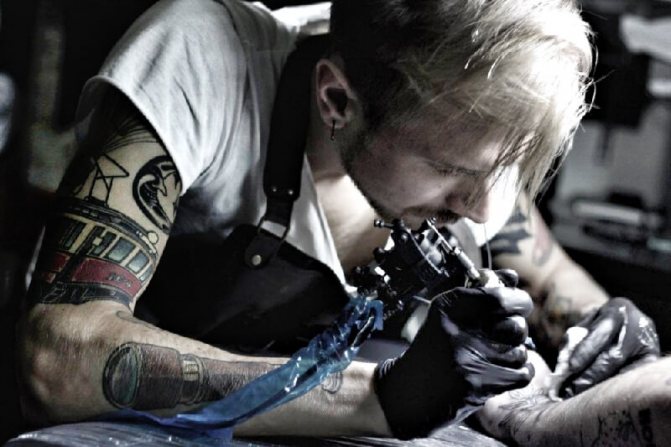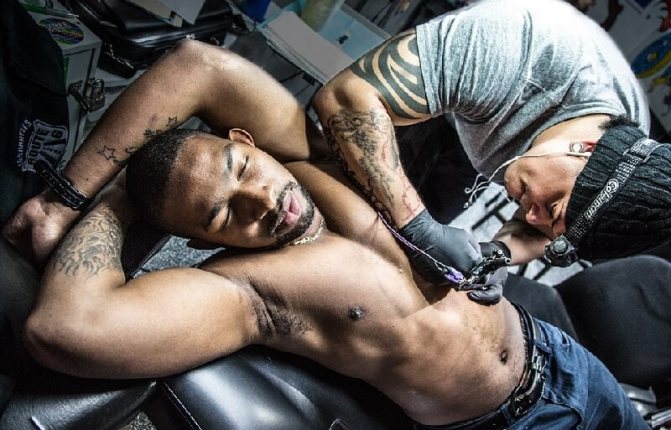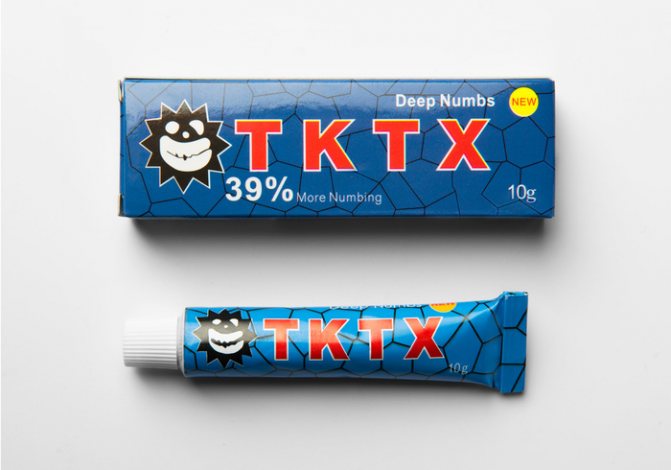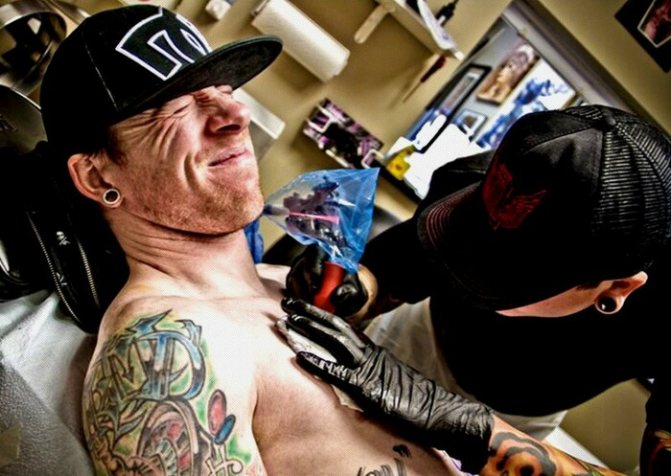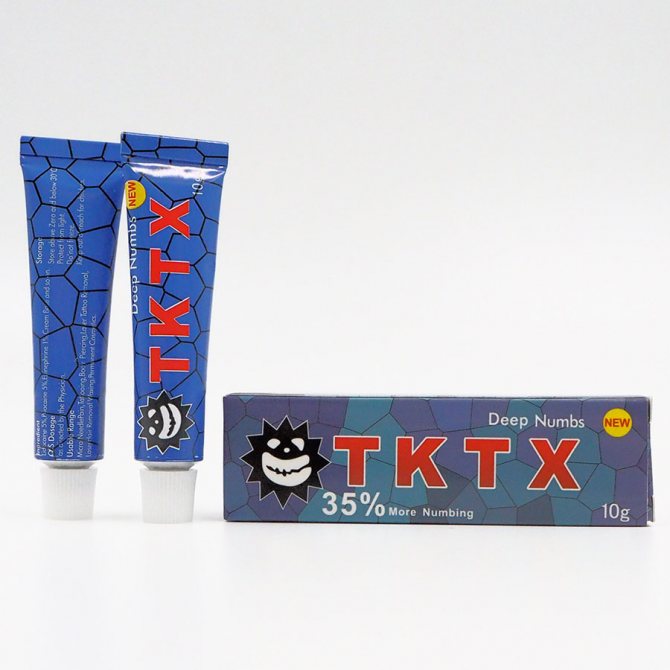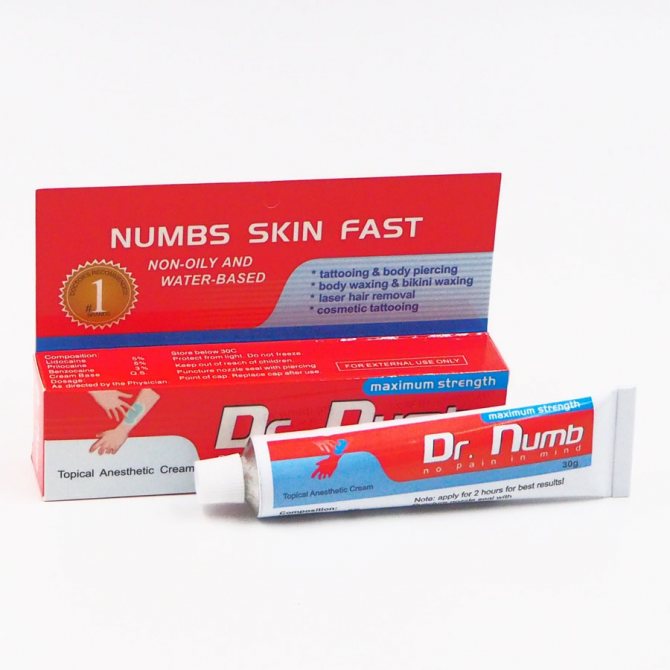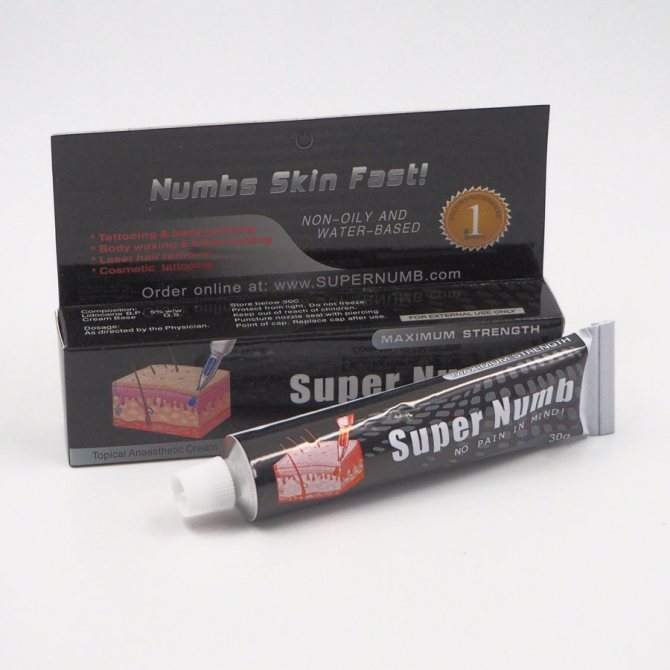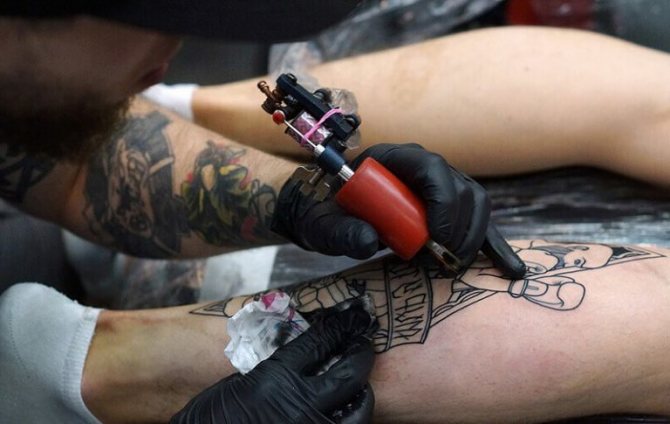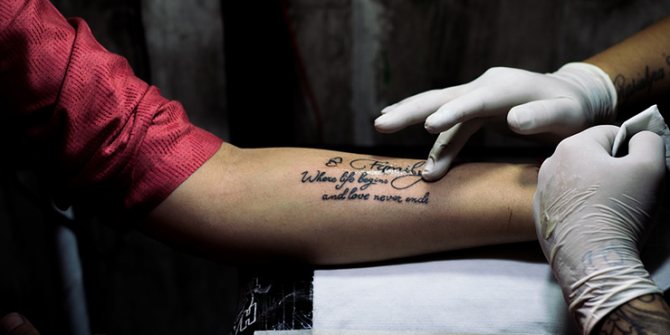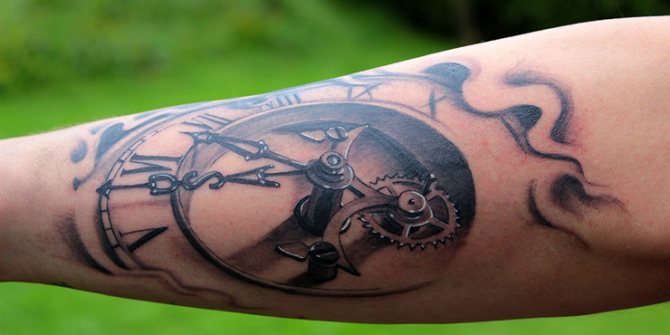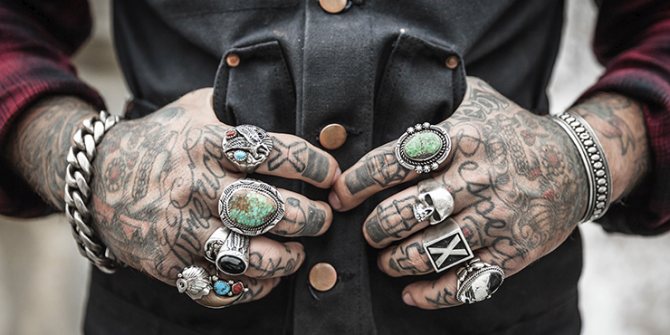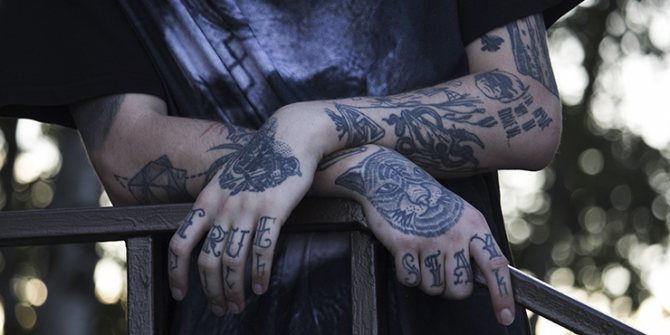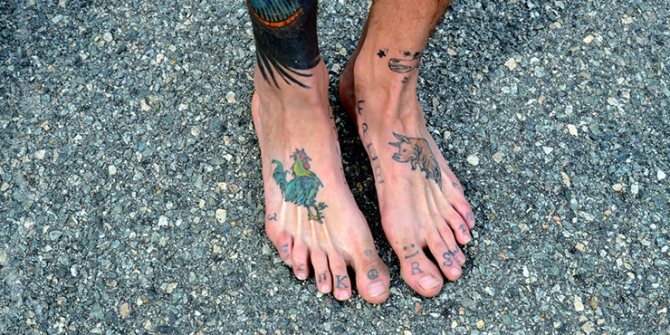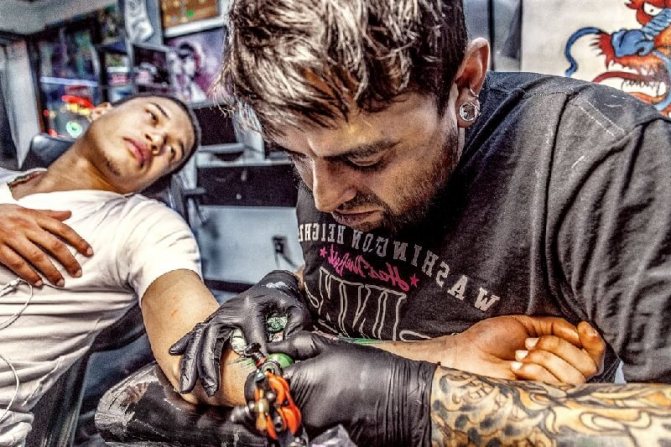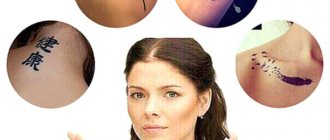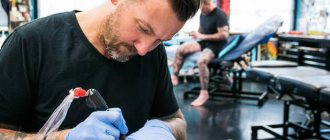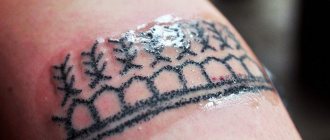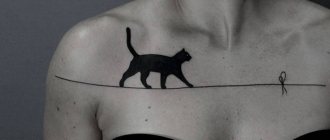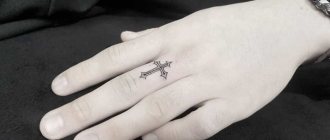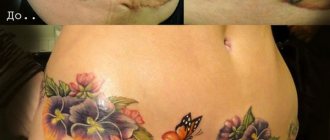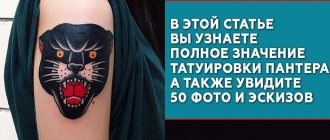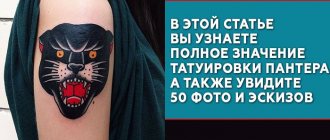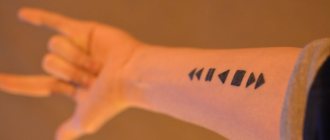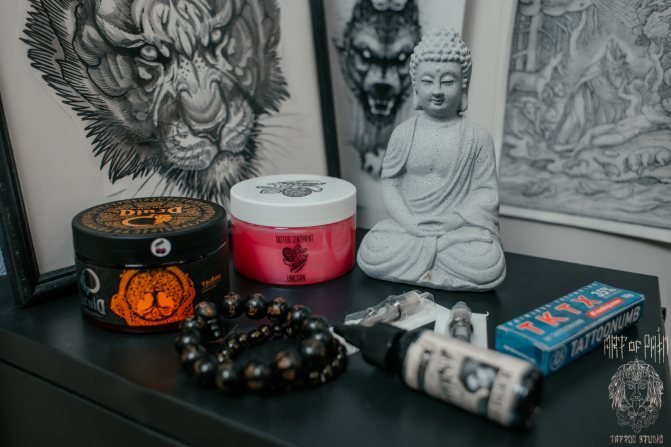
Pain and fear of the needle are the defining phobias of all those wishing to get a tattoo. Often they overshadow even the fear that the result of the master's work will not fully coincide with the sketch.
Most clients of tattoo salons ask the master to use a local anesthetic before the tattoo session in order to somehow reduce the discomfort during the procedure. Often masters are forced to go along with clients, though real professionals are against using anesthetics for tattooing a priori. Why - we will tell in the article.
The main active substances in local anesthetics before tattooing
In the composition of local anesthetics used in cosmetology and tattoo parlors, the following active components are most often found:
- lidocaine;
- prilocaine;
- tetracaine;
- benzocaine.
The concentration of the listed substances affects the time of the onset of the anesthetic reaction.
The allowable concentration of the combination of lidocaine and prilocaine is 5%. For the reason mentioned above, its excess does not increase the anesthetic effect in any way, but several times increases the toxicity of the drug. So if you suddenly read on the Internet about some miracle cream with a concentration of 50%, you should know that it is a marketing trick.
The adrenaline (epinephrine) and phenylephrine in the preparation's composition prolongs the action of the main active component and minimizes the systemic toxicity.
How do I take care of my tattoo?
Tattoo care in the first days includes regular application of a softening cream based on dexpanthenol, Vaseline-based creams are better not to use, as they contribute to the discoloration of the tattoo.
It is better not to remove the bandage, which was put to you by the master, within 6-12 hours. After removing it, wash it with water and a small amount of liquid antibacterial soap. Next, if your master did not tell you otherwise, care for the tattoo after application should include a compress based on the cream with dexpanthenol (a thin layer), superimposing an absorbent diaper and plaster over it. The procedure should be done 2-3 times a day for 3-4 days. After that the place of the tattoo will form a film, which in any case should not be ripped off.
Afterwards, wash and moisten the tattoo 2-3 times a day without attaching a diaper until the crust disappears. Moisturize the tattoo with products that the master will tell you to use.
Also, many masters use special healing films. Care with them is much easier, because the film is removed only after 4-5 days, and you immediately proceed to the process of washing and moisturizing the skin.
How long does the tattoo heal? After a tattoo, the outer layer of skin (the part you see) usually heals within 2-3 weeks. Although it may look and feel like the skin has healed, it can take up to 6 months for the skin under the tattoo to actually heal.
What anesthetizes the skin before tattooing
There is a mass of skin anesthetics on the market: creams, emulsions, ointments, sprays, foams and gels. The most effective in terms of anesthetic effect is considered the emulsion form, because it is characterized by the highest water and lipid solubility, ensuring rapid penetration of the drug through the skin barrier.
The composition of the drug and the proportion of active ingredients is also extremely important. An emulsion containing lidocaine and prilocaine at a ratio of 1:1 and a concentration of 5% is twice as potent as a single-component lidocaine-based product.
The timing of the application also matters. Logically, on the chest and back, the duration of the anesthetic effect will be different. In most cases, the manufacturer indicates the average time for which the drug should be left under the film. An experienced tattoo artist always knows how long the anesthetic should be left on so that you can safely get to work.
Types of anesthetics
Anesthetics are medications that have anesthetic properties. Local anesthetics are used in the tattoo field, they are the least harmful and block pain only in a limited area. Means, depending on the composition, act from 1 h to 5-6 h. When applying tattoos, creams, gels or ointments based on lidocaine are usually used.
It is suitable for tattooing because of its comfortable range of action - 2-4 h. The principle of action of lidocaine is based on its pharmacological property of blocking the passage of nerve impulses, interacting with the human nervous system.
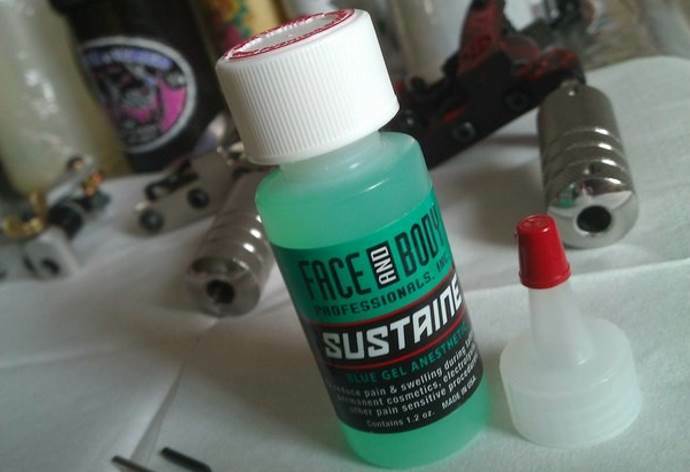

Types of painkillers
Nerve impulses are not received, which means that pain from damage to the upper skin is not felt. Due to the secondary components and their effect on the skin area, anesthetics come in the form of warming and cooling anesthetics. The former promote blood flow and increase heat exchange, which is undesirable during the tattooing process.
Warming anesthetics are best used for the purpose of healing rather than pain relief.
The area will be more oxygenated and given substances to regenerate. Cooling ointments are more suitable for tattoo artists, as they reduce pain and in parallel have an anti-inflammatory effect, contributing to less trauma.
Risks when using anesthetics
Lidocaine is one of the most common broad-spectrum anesthetics.
In most cases, it is relatively safe, but in some people can provoke allergic reactions of varying severity - from innocuous local urticaria, swelling and whitening of the skin to anaphylactic shock. The latter is the main reason why experienced masters do not anesthetize tattoos with local anesthetics.
Many are aware of individual intolerance to anesthetics and refuse anesthesia even for dental treatment. But if you have never encountered lidocaine in your life, the possibility of developing anaphylactic shock when using local skin anesthetics should never be discounted. Another serious side effect of using local anesthetics is toxic reactions with all the symptoms and consequences of severe poisoning.
General recommendations for the choice of remedies
Specialists in the field of tattooing give the following advice to those who have decided on such a procedure.
Consultation of the master
Anesthesia should be selected correctly, for this purpose it is best to consult before the procedure with the tattoo master, who will conduct the session. He may have personal preferences in working with the preparations.
Body peculiarities
It is important to consider the individual intolerance of some components. Before buying, it is necessary to read the composition to check for allergenic substances prohibited for each particular case. If there is, it is necessary to find an analogue without this component.
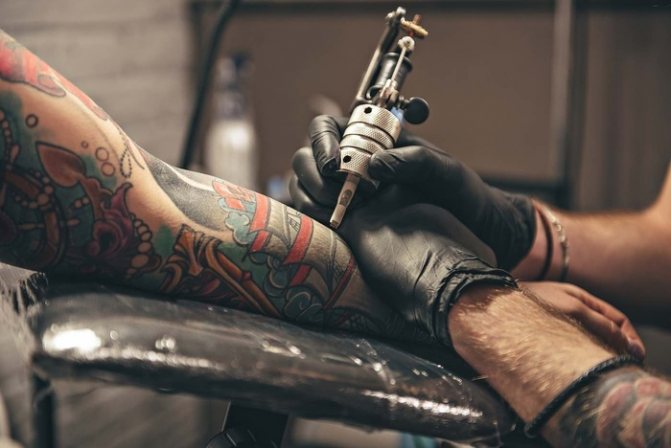

Body peculiarities
If there is a suspicion of allergy, you can try the remedy a few days before the session on a small area of the skin and identify the reaction of the body. Anesthesia before tattooing rarely leads to allergic reactions. The main symptoms are hives, rashes or itching at the site of application of the product.
Duration of action of the drug
If the work takes 3-4 hours of time, then the remedy should be chosen with the appropriate duration of action, otherwise the rest of the work, after the cessation of its effect on the body, will deliver pain.
Reviews
In the public domain you can find a lot of reviews about antiseptic means, information about the frequency of allergic reactions or recommendations of other tattoo-masters, who tried this preparation.
Can tattoo pills be used for pain relief?
Many painkillers dilate blood vessels and thin the blood, causing severe bleeding during the tattoo session. This can have a negative impact on the clarity of the drawing. There is also a kind of "rejection" of the paint, which complicates the work of the master and prolongs the time of the session. The finished tattoo will hurt more and heal worse.
Most pain pills relieve pain of a completely different nature, such as muscle spasm. Such drugs will definitely not help get rid of the pain on the tattooed area of your skin.
Why is it necessary to use painkillers?
The most sensitive places for tattooing:
- Head.
- Neck.
- Chest.
- Periorbital area.
- Groin area.
- Inner surface of the thighs.
- Knees (front and back).
- Ankles.

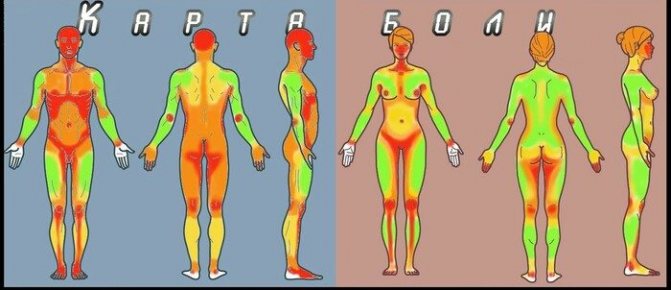
The most sensitive spots for tattoos
The more sensitive the area, the more painful the tattoo. The sensitivity of other parts of the human body is presented in the table.
| Zone | Sensitivity |
| Outer side of hand | Weak |
| Hand | Strong |
| Stomach | Middle |
| Shin | Average |
| Scapulae | Mid |
| Rear of knees | Strong |
| Ankles | Strong |
The most pain-free areas are the "soft" areas that deeply hide the bone from external exposure, such as the glutes or shoulder (biceps). Contact with bone tissue creates unnecessary pain, while muscle and fat soften the impact. The back is also considered a safe area because of the thick skin and small concentration of nerve endings.
Sensitivity is different for women and men, so you can't rely on other people's experience and hope for no pain.
Anesthesia before tattooing is important when working with areas such as the face or ribs. Modern means - anesthetics - completely or partially eliminate unpleasant feelings and allow you to feel comfortable during the work of the master.
Summary
In most cases, the pain during tattooing has a near-phantom character. The client comes to the tattoo studio in a state of intense anxiety, which visibly aggravates even a small discomfort.
Tune in to the procedure. Get a good night's sleep, eat a solid meal and take a relaxing bath before going out. Do not think that you will be a little bit uncomfortable, but that very soon you will proudly show your loved ones the cherished image on your body.


In case of force majeure or in case of obviously painful tattooing (close to the bone, on the neck, nipple aureoles, groin area, knee and elbow bends) use only verified anesthetics.
Talk to the master in advance about possible scenarios. There are many other ways to reduce pain during tattooing. Perhaps at a particularly acute moment it will be enough to take a break and have a snack, put on some music, talk to a friend who is ready to support you during the procedure. And everything will seem not so terrible, you will have no problem sitting through the session until the end, without resorting to anesthesia.
On the eve of the tattoo it is recommended:
— Get a good night's rest and a good night's sleep.
The more energy and stamina you have, the easier the process will go.
— Eat a few hours beforehand.
It is advisable to avoid spicy or too salty food so that you do not drink a lot of water or distractions during the session. You should create a comfortable environment for yourself and the master, and try to avoid distractions.
— Talk to your friends and acquaintances who already have tattoos.
People who have been through the process can support you and instill confidence.
"When you ask people who already have tattoos, it turns out that it doesn't hurt that much. None of them said they would never get a tattoo again in their lives. Yes, there are unpleasant feelings, but not so bad that they give up the idea of doing it again.
— Ask the master all your questions,
Clarify the time and place of the session, as well as, all the edits on the sketch. Make sure everything is 100% ready for the tattoo.
— Create the most comfortable conditions for your upcoming session.
For this purpose, it is better to wear clothes that you are not afraid to get dirty, preferably something dark. Take a bath or shower, because you can't take a bath after the tattoo. The more thoroughly you approach the process of preparation, the less excitement you will have on the day of the tattoo.
